Last Updated on July 24, 2022 by Mary Pressler
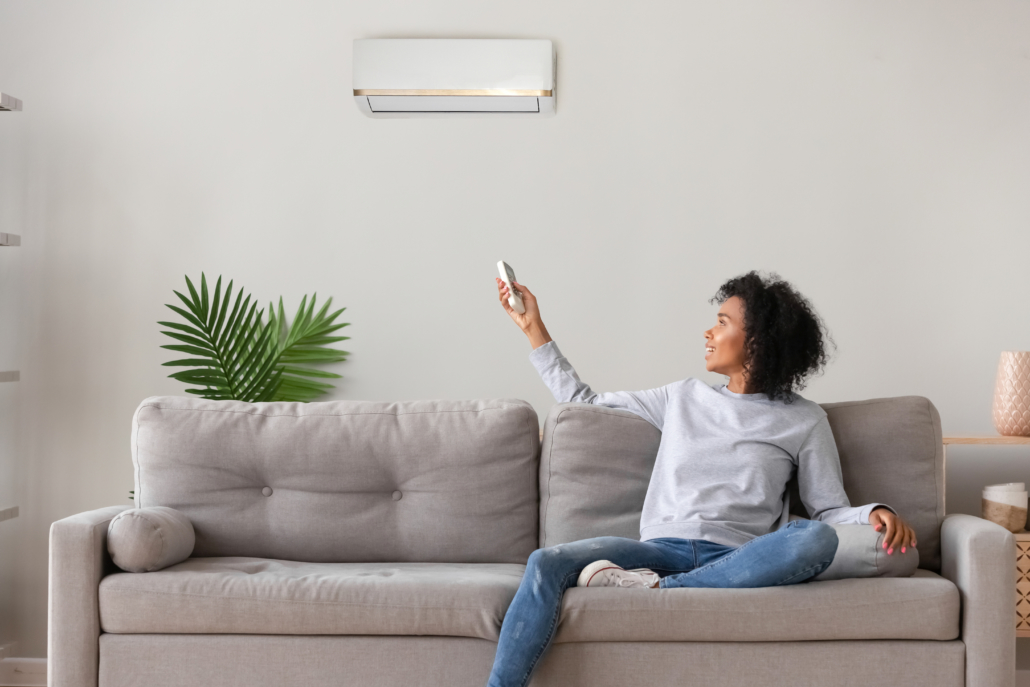
Reducing Air Conditioning Costs in Texas
Air conditioning is fundamental to keep a suitable indoor temperature, especially during the summer months. There are many types of air conditioners, each with advantages and disadvantages.
This article will compare the main cooling options for homes and apartments, with a brief overview of the incentives available in Texas.
First, let’s review the three most common types of air conditioners found in Texas homes and apartments.
1. Window Unit Air Conditioners
Window air conditioners can be easily identified: the entire system is contained in a single housing, which is inserted into a window or a wall opening. Room air conditioners are popular due to their low cost and their ease of installation. However, these mounted air conditioners often have the lowest efficiency, and thus the highest electricity cost.
In great part, the low efficiency of window air conditioners is caused by their installation method. Since they go through a wall or window, they create a gap in the building envelope.
- These AC units disrupt insulation when installed on a wall. When installed on windows, the corresponding windows cannot be closed fully.
- Plenty of air leakage can occur around the edges of window air conditioners, causing heat gain in summer and heat loss in winter.
- Caulking can be used to prevent air leakage, improving energy efficiency. However, caulking does not fix the insulation gap caused by the air conditioner.
Packaged terminal air conditioners (PTAC) are the larger units often found in hotel rooms, installed under windows. They are based on the same principle as window air conditioners.
Since window air conditioners have a low energy efficiency, they are not covered by incentive programs that focus on efficiency. However, some Texas utilities cover them in their low-income weatherization programs.
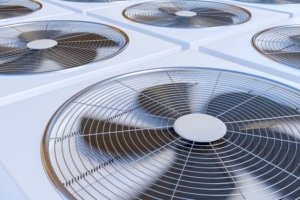 2. Central Ducted Air Conditioners
2. Central Ducted Air Conditioners
Central air conditioning units provide cooling for an entire home or apartment, and the conditioned air is distributed with air ducts. These AC systems can be designed to cool rooms in your home as a single zone, or they can use multiple zones that are cooled independently. Zoned air conditioning systems consume less electricity, since you can switch off areas of your home or apartment when nobody is present.
These air conditioners can achieve a higher efficiency than window units and PTACs, but there are also more efficient systems in the market. Incentive programs for ducted air conditioners may be available from utility companies if you meet a minimum efficiency level. The following are some examples:
- Texas New Mexico Power (TNMP) offers a cash rebate of up to $2500 for upgrading central air conditioners. The new unit must have at least SEER 14.5 efficiency.
- AEP Texas offers a rebate based on the AC tonnage and efficiency, up to $800.
- Oncor Electric Delivery offers up to $2800 for upgrading to an air conditioning system with at least SEER 16 efficiency.
3. Ductless Mini-Split: Air Conditioners and Heat Pumps
Ductless AC systems can reach efficiency values over SEER 20, and top-tier products can go over SEER 30. Compared with a window air conditioner, an efficient mini-split will typically achieve savings of over 50%. However, you must make sure that the property has a separate ventilation system. Since these air conditioners are ductless, they only recirculate indoor air without providing fresh outdoor air.
Heat pumps can be considered air conditioners operating in reverse, causing a heating effect. Some units only provide heating, but others are reversible and they become normal air conditioners during summer. By using a heat pump, you can combine two appliances -space heater and air conditioner- into a single piece of equipment.
In Texas, mini-split systems are normally covered by the same incentive programs that cover central AC systems. Incentives vary depending on your utility company and contractor, and they generally increase along with system tonnage and efficiency.
Air Conditioning Systems in Texas: Comparison Table
The following table summarizes the features of the three air conditioning systems listed above. These are general features that may not apply for some products.
| Air Conditioner Type | Efficiency | Advantages | Limitations |
| Window AC | Lowest | -Low price
-Simple installation -Includes ventilation |
-Low efficiency
-Noisy operation |
| Central ducted AC | Intermediate | -Zoned systems allow cooling by areas.
-Includes ventilation |
-Single-zone systems cannot cool homes by areas.
-Can spread dust and air pollutants between areas. |
| Ductless mini-split | Highest | -High efficiency and electricity savings
-Silent operation |
-High price
-Requires additional ventilation |
Air Conditioner Incentive Programs in Texas
There is no statewide incentive or tax credit for air conditioners, but Texas utility companies run their own programs. There are direct incentives for AC unit upgrades, and also incentives for related upgrades like smart thermostats or home weatherization.
While AC incentives vary, they can be classified into two broad categories:
- Residential Standard Offer Programs covers most residential incentives in Texas, including central and ductless AC units with a high SEER value.
- Low-Income Weatherization Standard Offer Programs focuses on providing higher incentives for households with income below 200% of the federal poverty level.
For example, window air conditioners may be covered by low-income programs to meet the need for space cooling. However, residential standard programs will not cover window air conditioners, since they are not energy efficient.
Utility providers in Texas may also offer free air conditioner tune-ups, which boost energy efficiency by over 20% without replacing the unit.
Leave a Reply
Want to join the discussion?Feel free to contribute!


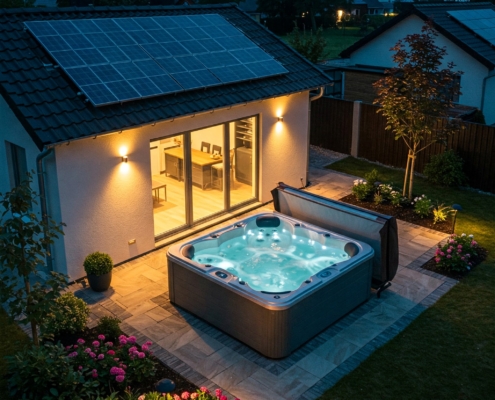
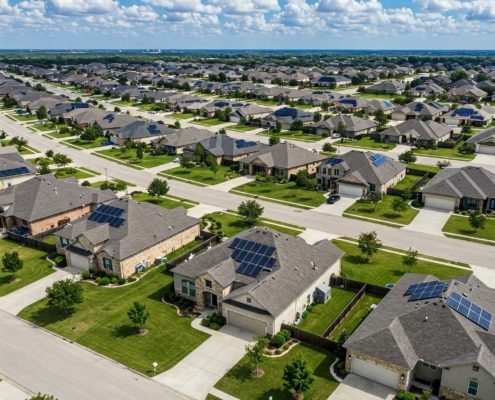





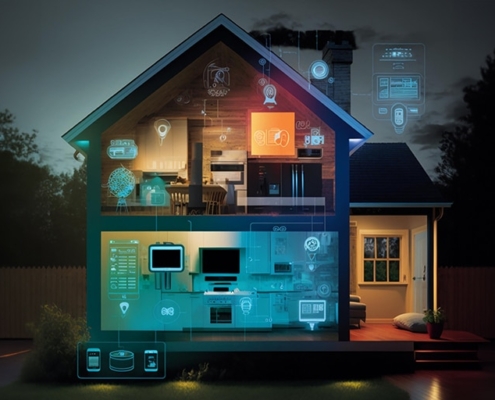
Compared to other heating and cooling systems, heat pumps are more efficient. They use less energy and fuel to heat/cool your home, and some water pumps show efficiency rates of up to 600%. They also have a long lifespan of up to 50 years.